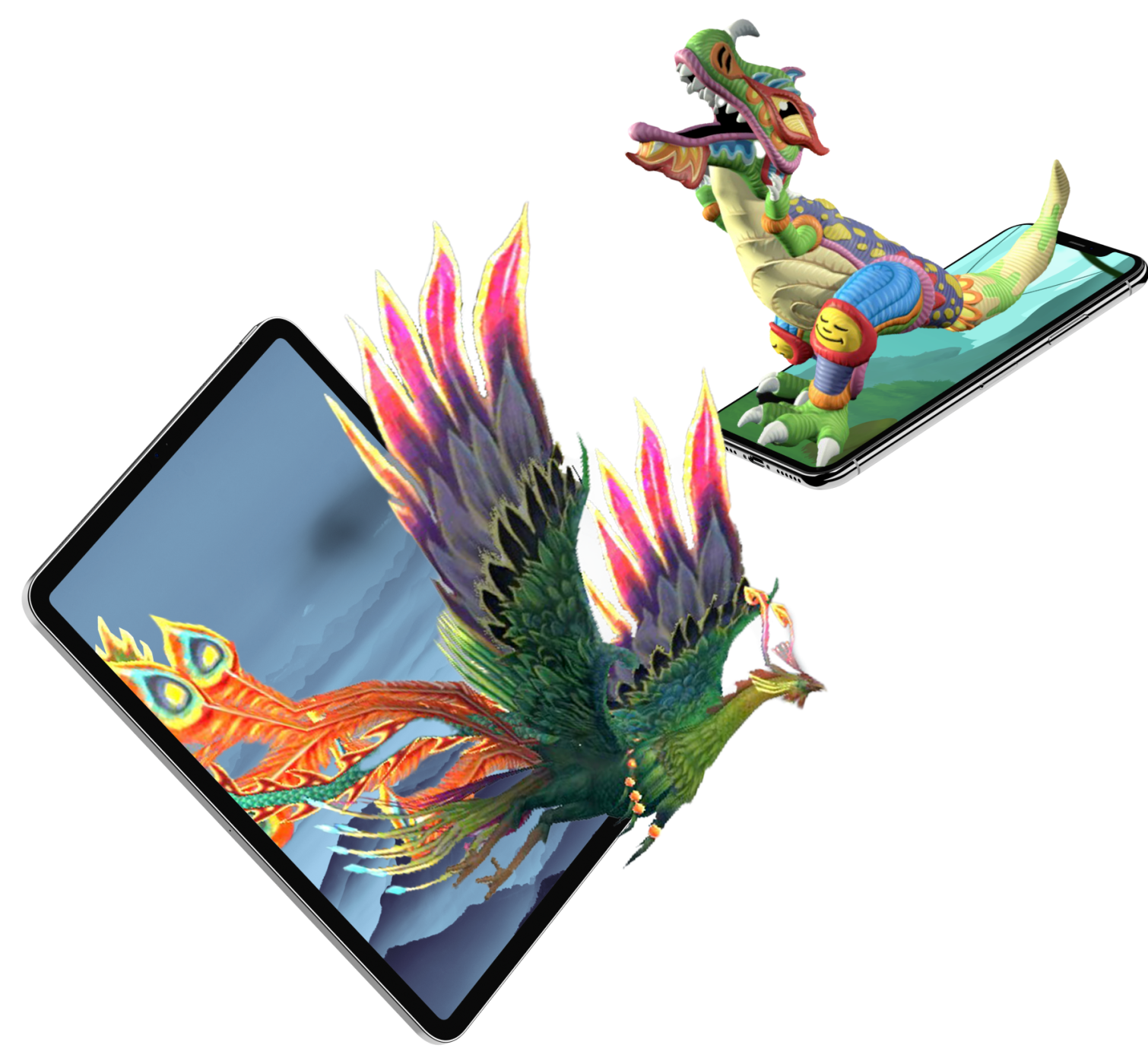Integrating AR Billboards with Social Media Campaigns: Cross-Platform Strategies
In today's fragmented media landscape, innovative brands are uncovering powerful synergies by linking augmented reality (AR) billboard experiences with strategic social media campaigns. This integration signifies the evolution of out-of-home (OOH) advertising, transforming static billboards into interactive gateways that drive engagement across platforms and generate valuable user-generated content.
The Evolution of OOH: From Static to Interactive
Traditional billboards have long been anchors in advertising strategies, but they have historically operated as isolated touchpoints. The revolution in out-of-home (OOH) advertising began with digital billboards, yet augmented reality (AR) technology has propelled a significant advancement. Today's AR billboards act as physical portals to digital experiences that can be captured, shared, and amplified across social channels.
"AR billboards mark the next frontier in experiential marketing," says Miranda Chen, Chief Innovation Officer at MediaFutures Group. "When thoughtfully integrated with social platforms, these installations can create exponential reach while providing the immersive experiences that consumers now expect."
Recent campaigns by brands such as Adidas, Netflix, and Coca-Cola showcase how AR billboards can convert urban environments into shareable moments that reach well beyond physical locations, generating ripple effects across Instagram, TikTok, and more.
Key Benefits of the AR Billboard + Social Media Integration
1. Exponential Reach Amplification
While traditional billboards reach only those physically present, AR-enabled installations significantly expand their reach when combined with social strategies. The interaction of just one person can potentially connect with thousands or millions when shared on platforms like Instagram or TikTok.
The metrics reveal a compelling narrative: According to OOH Analytics Group, AR billboard campaigns that incorporate social media generate 4.7 times more impressions than traditional billboard campaigns alone and see a 342% increase in social sharing compared to standard digital OOH installations.
2. Enhanced Engagement Metrics
AR billboards significantly outperform traditional OOH advertising in engagement metrics. While conventional billboards capture an average of 2-3 seconds of attention, interactive AR experiences attract over 30 seconds of active engagement—a tenfold improvement in attention metrics.
"When consumers take a moment to engage with an AR billboard and subsequently share that experience, they invest notably more time with the brand compared to any other advertising format," states Jordan Williams, Head of Experience Design at CreativeTech Partners. "This level of voluntary engagement is marketing gold."
3. First-Party Data Collection
Perhaps most valuable in today's privacy-focused environment is the opportunity to collect first-party data. When users interact with AR billboards via dedicated apps or web experiences, brands gain valuable insights while building direct consumer relationships.
These interactions generate rich behavioral data to inform future campaigns and product development while enabling remarketing opportunities extending the customer journey.
4. User-Generated Content at Scale
When executed effectively, AR billboard campaigns become content engines, generating authentic user-created assets that populate social feeds organically. This user-generated content (UGC) carries heightened credibility, representing genuine consumer experiences rather than brand-produced messaging.
"The most successful AR billboard campaigns don't just create spectacle—they create participatory frameworks that make consumers co-creators in the brand narrative," explains Sofia Rodríguez, Social Strategy Director at Momentum Worldwide.
Strategic Framework for Cross-Platform Integration
Phase 1: Experience Design with Sharing in Mind
The most successful AR billboard campaigns begin with experiences specifically designed for social amplification. This requires understanding the unique vernacular and content preferences of each target platform.
Platform-Specific Optimization Strategies:
- Instagram: Design visually stunning AR effects that transform users or their environment in aesthetically pleasing ways that demand to be captured and shared.
- TikTok: Create interactive experiences incorporating music, dance, or challenge elements aligning with platform trends.
- Snapchat: Leverage Snapchat's advanced AR capabilities for face transformations and environmental effects that integrate seamlessly with the platform's native tools.
- LinkedIn: For B2B campaigns, develop professional-context AR experiences demonstrating product capabilities or visualizing business outcomes.
"Platform agnosticism is a myth when it comes to AR experiences," says Marcus Lee, Experience Director at Immersive Futures. "Each social platform has its own visual language and interaction patterns. The most successful campaigns respect these differences while maintaining brand coherence."
Phase 2: Technical Implementation & User Experience Flow
The technical architecture supporting AR billboard campaigns must prioritize accessibility and minimize friction. The ideal implementation creates a seamless path from physical billboard to digital interaction to social sharing.
Best Practices for Technical Implementation:
- QR Code Integration: Incorporate visually integrated QR codes that launch web-based AR experiences without requiring app downloads.
- WebAR Solutions: Utilize WebAR technologies like 8th Wall or Zappar to eliminate app-based barriers to entry.
- Multi-Platform Asset Preparation: Design AR assets at appropriate specifications for each target social platform to ensure optimal rendering.
- One-Tap Sharing: Implement single-tap export options that format content appropriately for each destination platform.
"The activation threshold must be extremely low," emphasizes Alexis Thompson, UX Director at Digital Experience Lab. "Every extra step in the process creates exponential drop-off. The path from seeing the billboard to sharing content should feel effortless."
Phase 3: Social Amplification Strategy
While organic sharing provides the foundation, strategic amplification maximizes campaign impact. This requires coordinated efforts across paid, owned, and earned media channels.
Amplification Tactics:
- Influencer Integration: Recruit platform-specific creators to demonstrate interactions with the AR billboard, creating templates for follower behavior.
- Hashtag Strategy: Develop campaign-specific hashtags that connect billboard interactions across platforms while improving discoverability.
- Content Curation: Establish content aggregation strategies that showcase the most compelling user interactions, fueling further participation.
- Paid Amplification: Allocate media budget to boost high-performing organic content rather than solely promoting brand-created assets.
Phase 4: Measurement & Attribution Framework
Comprehensive measurement frameworks must connect offline interactions with digital engagement, providing a complete view of campaign performance across the physical-digital continuum.
Key Performance Indicators to Track:
- Activation Rate: Percentage of billboard viewers who activate the AR experience
- Completion Rate: Percentage of users who complete the entire AR experience
- Share Rate: Percentage of participants who share their experience on social platforms
- Earned Media Value: Calculated value of organic social impressions generated
- Attribution Analysis: Connection between AR billboard interactions and subsequent consumer behaviors
"Multi-touch attribution has become essential for understanding how AR billboard experiences influence the consumer journey," notes David Chen, Analytics Director at Connection Insights. "We're seeing clear correlations between AR billboard interactions and both immediate conversion actions and long-term brand preference indicators."
Case Studies: AR Billboard Campaigns That Transcended Platforms
Nike's "Design Your Legacy" Campaign
Nike transformed billboards in five major cities into AR design studios where passersby could customize virtual sneakers using gesture controls. The creations could be instantly shared to Instagram and TikTok or saved to the Nike app for potential production through Nike By You.
Results:
- 1.2 million AR interactions across physical locations
- 680,000 social shares generating 42 million organic impressions
- 46% increase in Nike By You customization orders
- 3.4x ROI compared to traditional billboard campaigns
HBO's "House of the Dragon" Launch
To promote its Game of Thrones spinoff, HBO installed AR billboards in Times Square and Los Angeles featuring dragons that would periodically "emerge" from the display, interact with the environment, and react to spectators. Users could record their reactions and share branded content to their social platforms.
Results:
- 2.4 million AR activations
- 870,000 social shares across platforms
- 58 million organic video views
- Contributed to the highest premiere viewership in HBO history
Implementation Challenges & Solutions
Despite compelling results, AR billboard integration presents significant challenges. Addressing these proactively improves campaign outcomes:
Technical Hurdles
Challenge: Device compatibility and connectivity issues in outdoor environments. Solution: Implement progressive experience degradation that provides simplified versions for older devices or limited connectivity situations.
User Experience Friction
Challenge: Complex activation processes reduce participation rates. Solution: Utilize proximity technologies like NFC and Bluetooth beacons to streamline activation while enabling web-based experiences that eliminate app requirements.
Creative Consistency
Challenge: Maintaining visual and narrative cohesion across physical and digital touchpoints. Solution: Develop comprehensive experience guidelines that address adaptive design principles while preserving core creative elements.
Future Directions: What's Next for AR OOH and Social Integration
As technology evolves, the integration of AR billboards with social media will become increasingly sophisticated. Several emerging trends will shape future implementations:
1. Persistent AR Layers
Future campaigns will create persistent AR content layers that remain attached to physical locations, allowing experiences to evolve over time and encouraging repeat engagement.
2. Cross-User Interactions
Advanced AR billboards will enable multiple simultaneous users to interact with each other within shared augmented spaces, creating collaborative experiences that generate richer social content.
3. Neural Interface Integration
As neural interface technologies mature, AR billboard experiences will respond to emotional and cognitive signals, creating uniquely personalized interactions based on user responses.
4. Environmental Integration
Next-generation AR campaigns will more deeply integrate with their surroundings, responding to weather conditions, traffic patterns, and other contextual factors to create situationally relevant experiences.
Conclusion: The Convergence Imperative
The most forward-thinking brands understand that the lines between physical and digital experiences are swiftly fading. AR billboards combined with strategic social campaigns exemplify this convergence in action—transforming traditional media into interactive experiences that drive measurable engagement across platforms.
"The brands experiencing the greatest success are those that stop thinking in terms of channels and begin to consider connected experiences," concludes Jamie Washington, Chief Experience Officer at Integrated Future. "AR billboards are not merely about making static OOH more interactive—they are about creating physical gateways to digital relationships that extend well beyond the moment of interaction."
As technology continues to evolve, the opportunities for creative integration will expand exponentially. The question for innovative brands is no longer whether to integrate AR billboards with social strategies, but how to leverage these integrations to create truly distinctive experiences that capture attention, drive engagement, and deliver measurable business outcomes in an increasingly competitive attention economy.
TALK TO A PRO
We're here to bring your brand to life!
Stay Connected with BrandXR
Thank you for signing up to our monthly newsletter.
Please try again later.
Create Augmented Reality for Free!
Create, Publish, and Measure 3D Augmented Reality Experiences Without Having to Code.
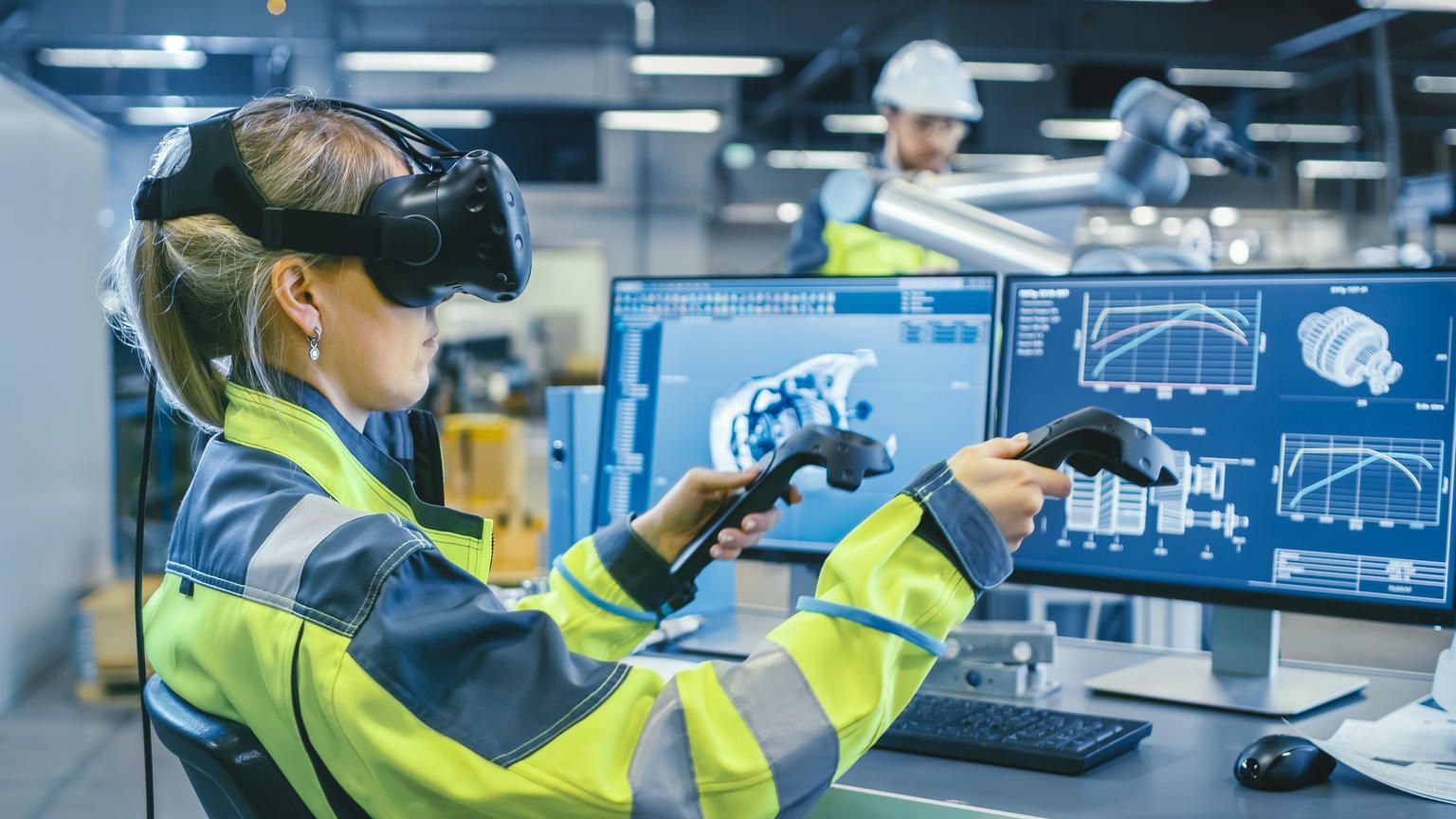
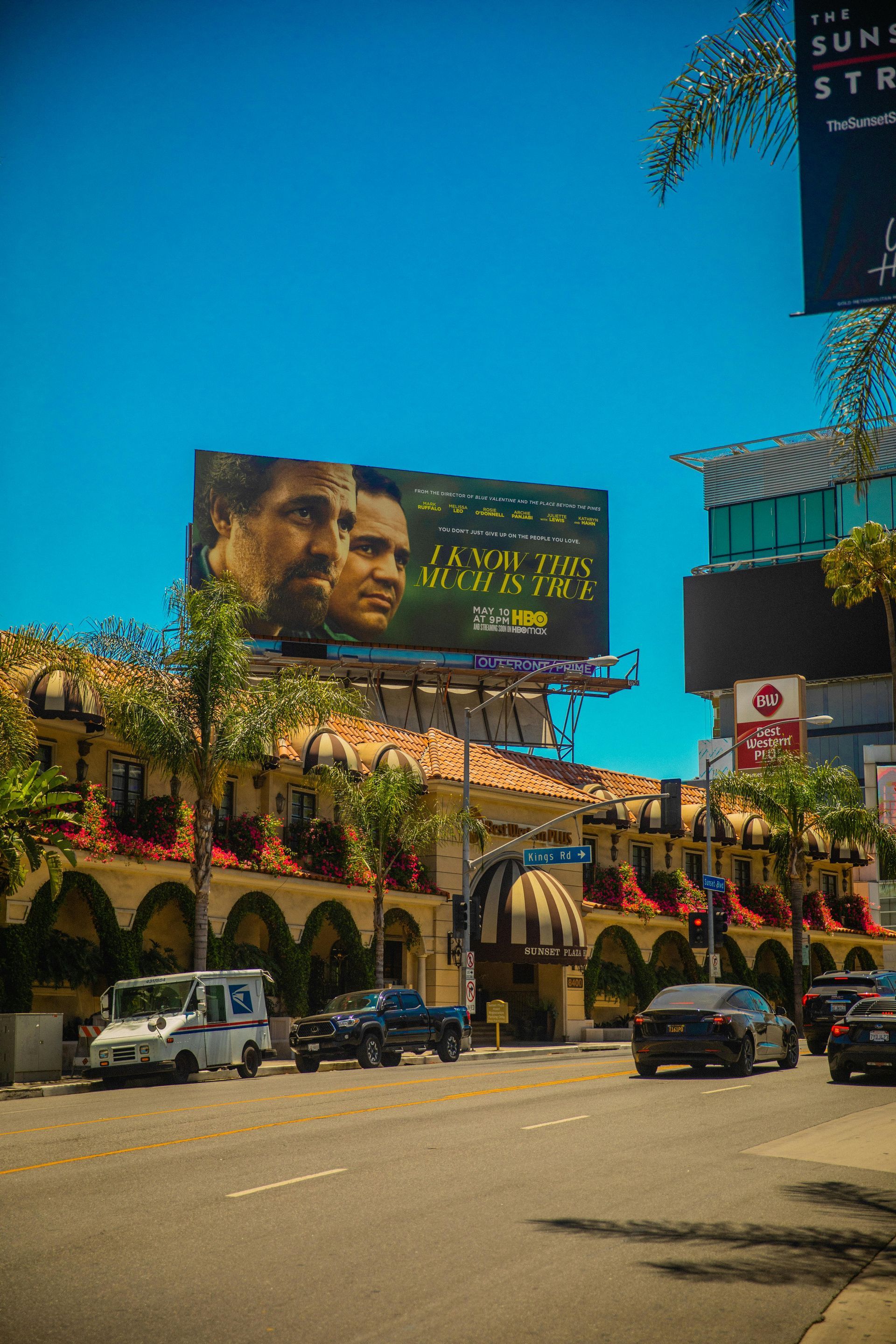

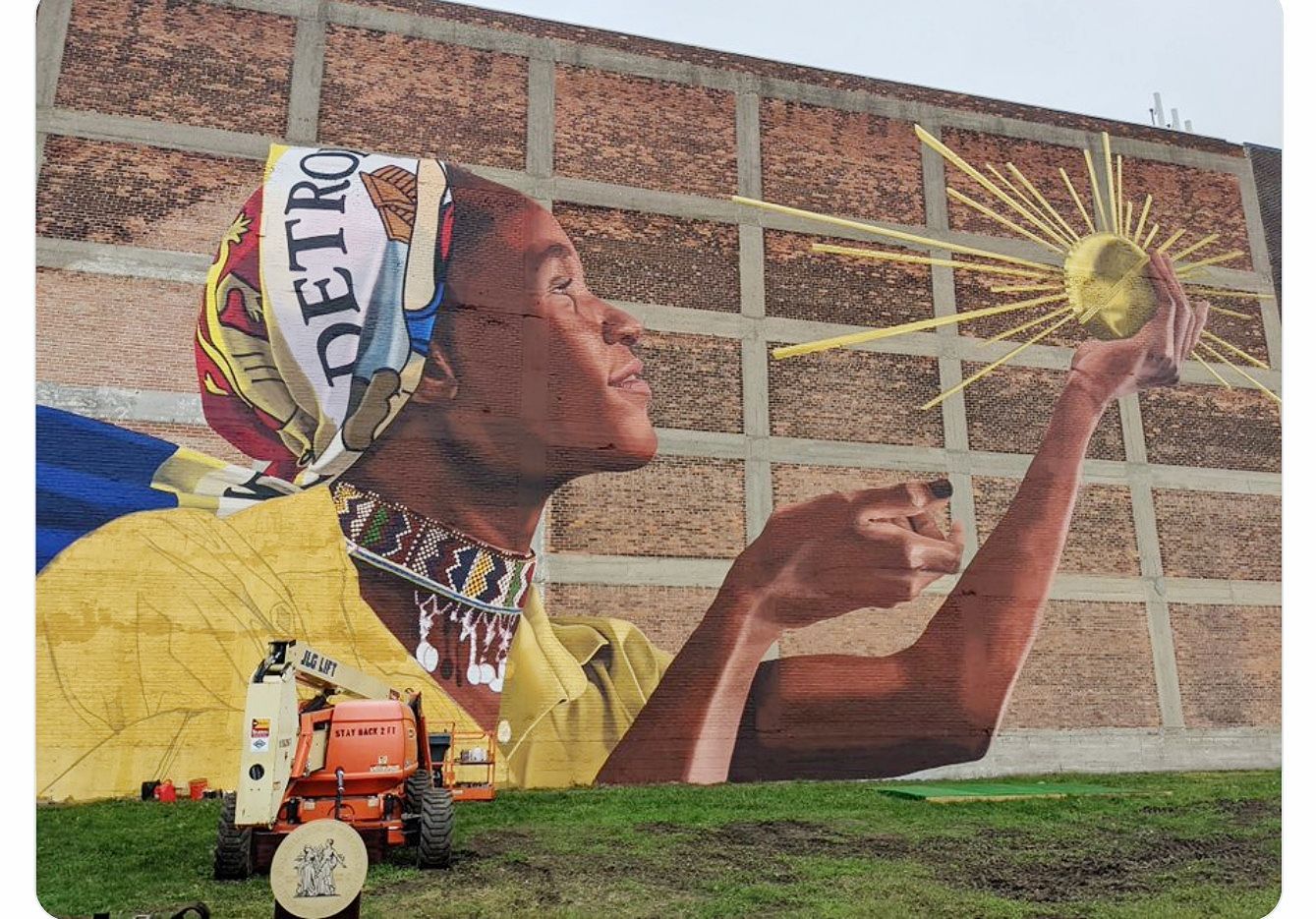
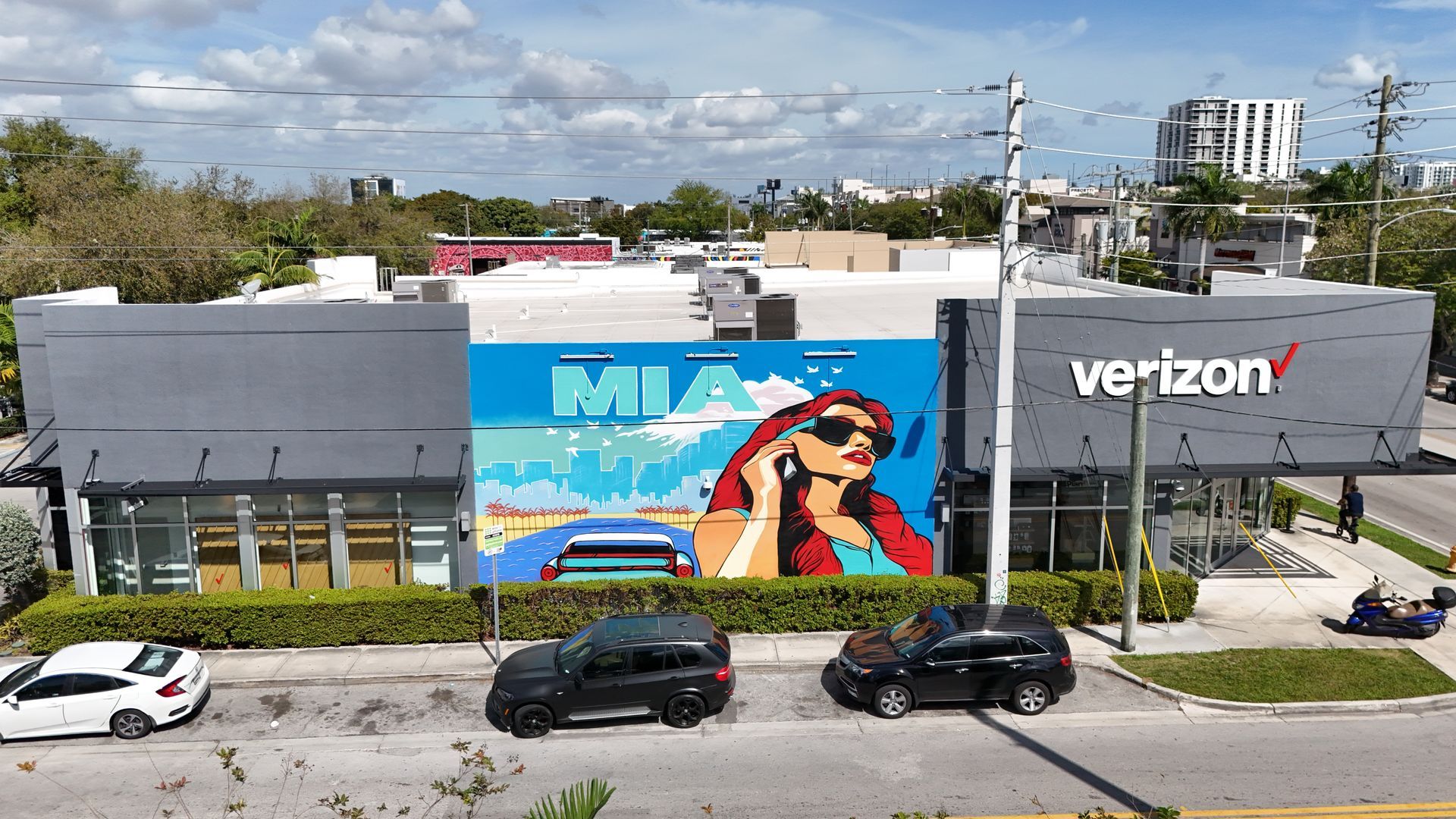
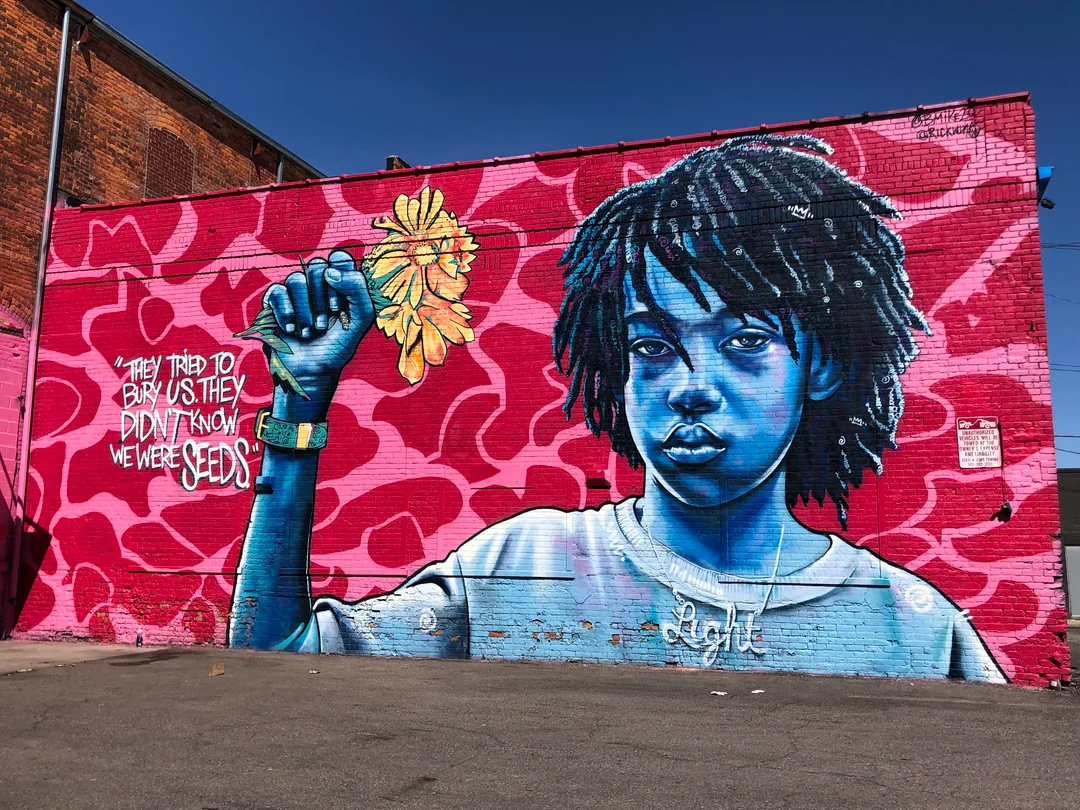
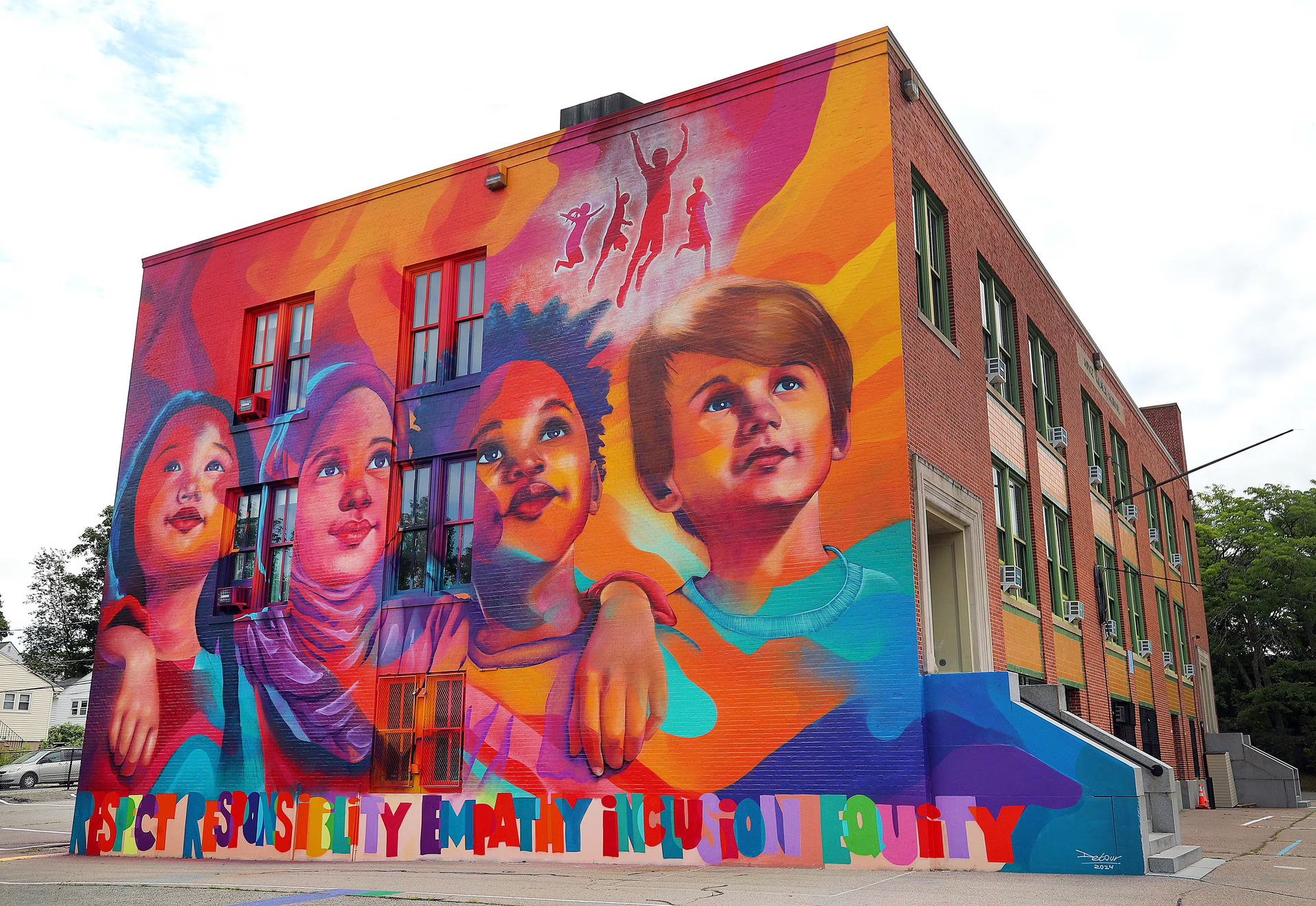
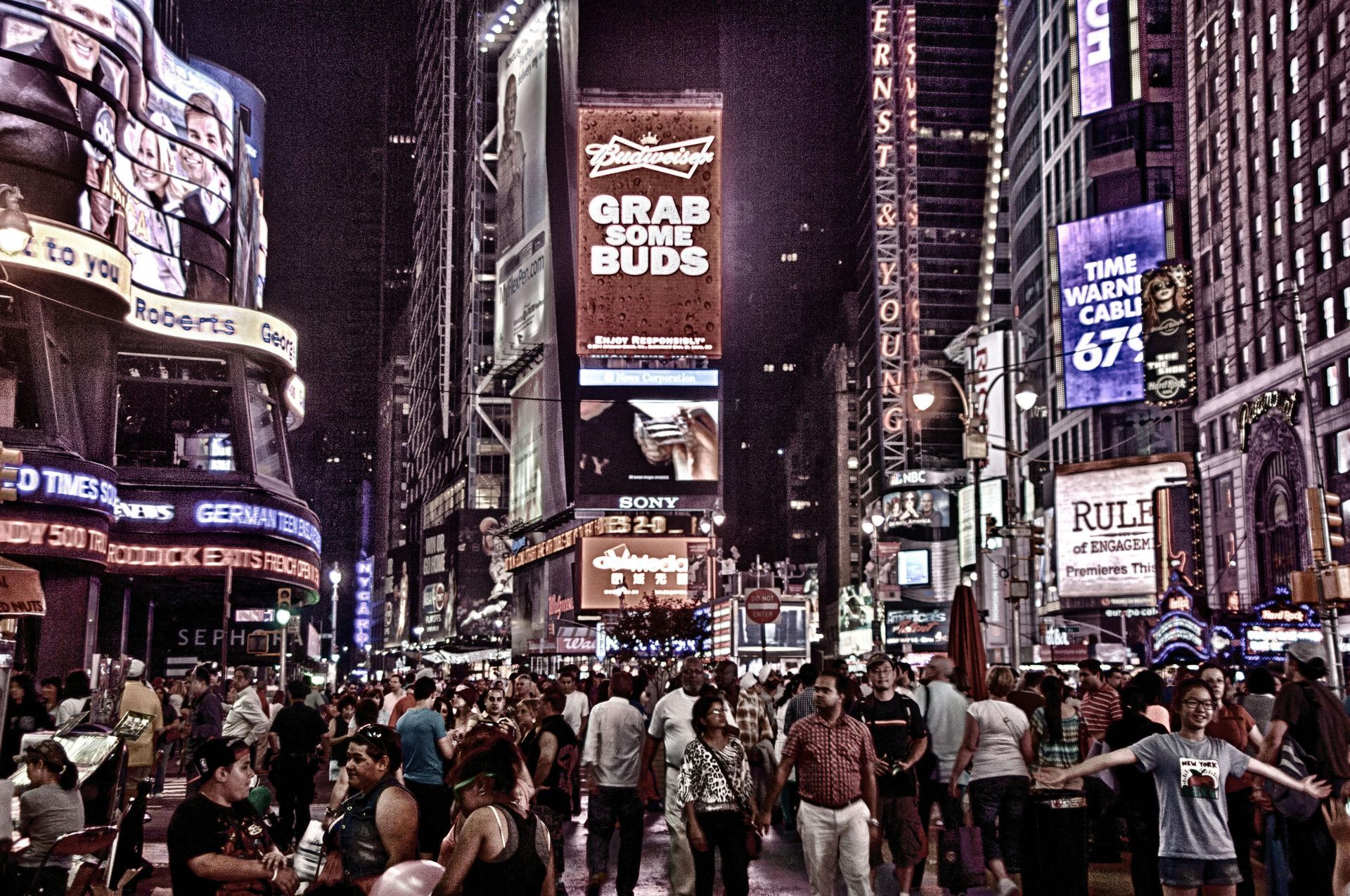
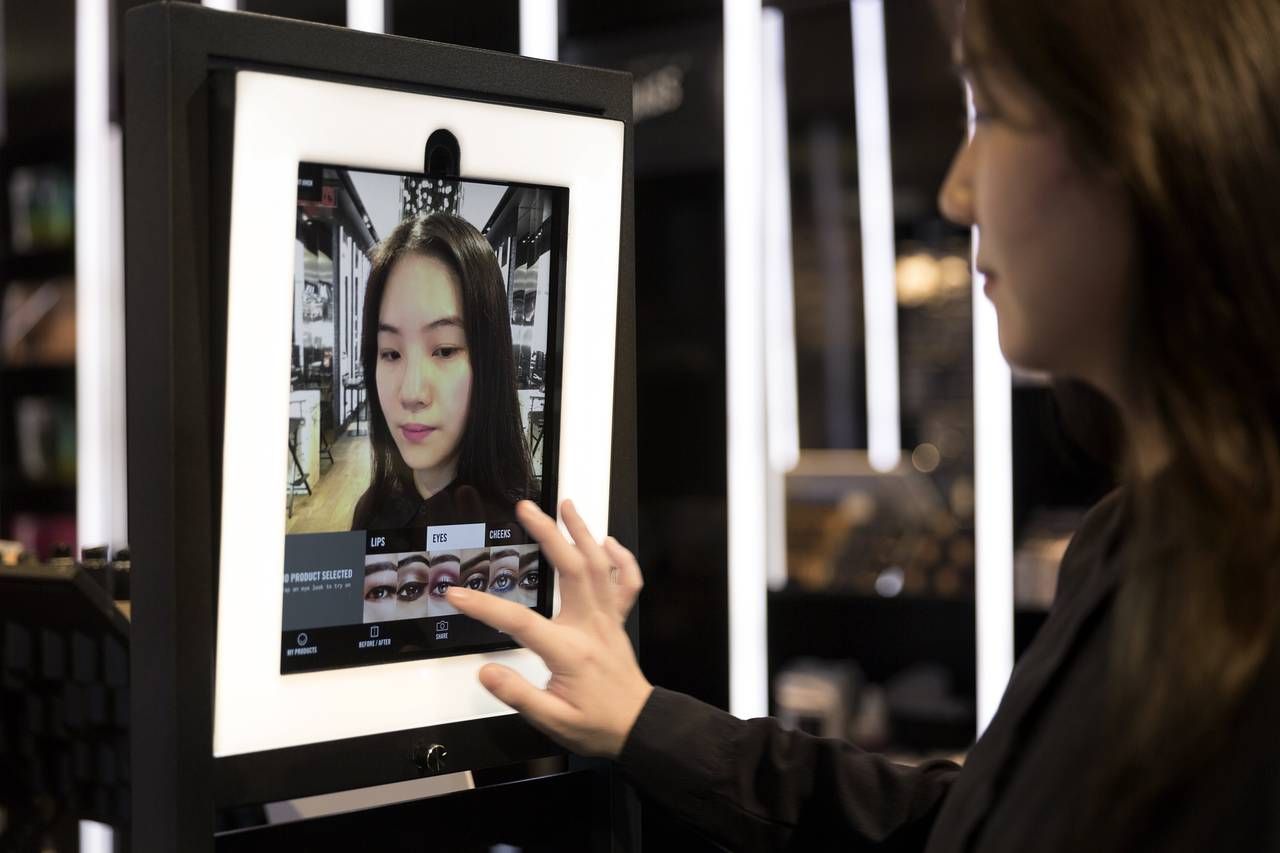
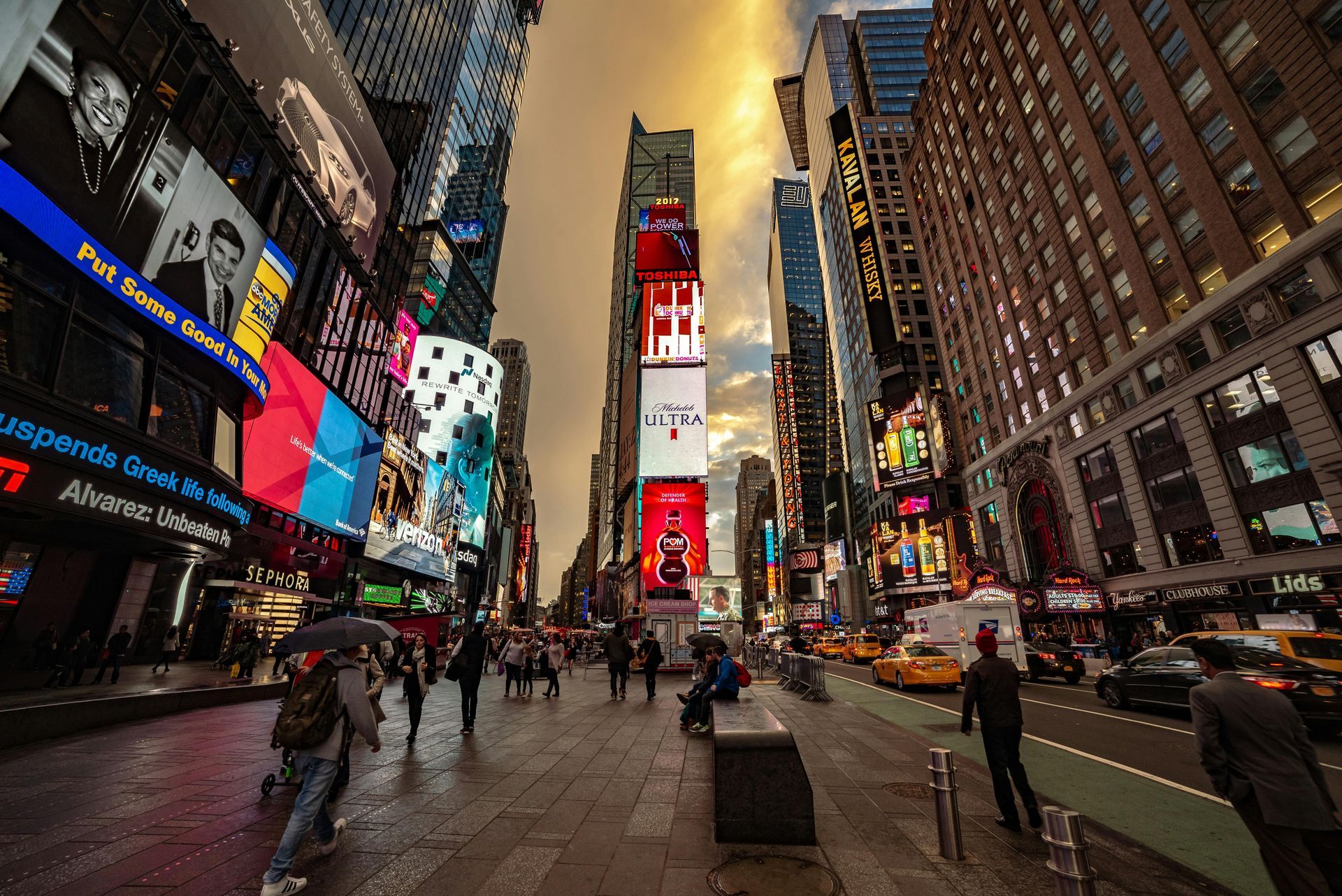
SUPPORT
Detroit
Saudi Arabia
BrandXR. All Rights Reserved. Website designed by Unleash Media.
